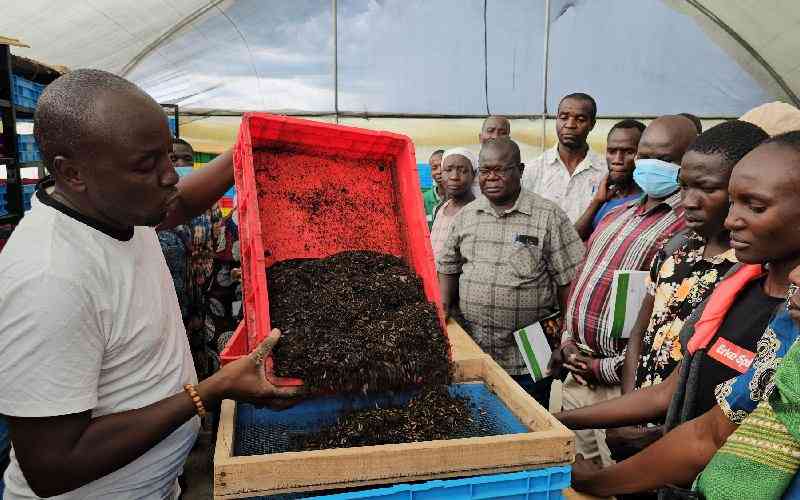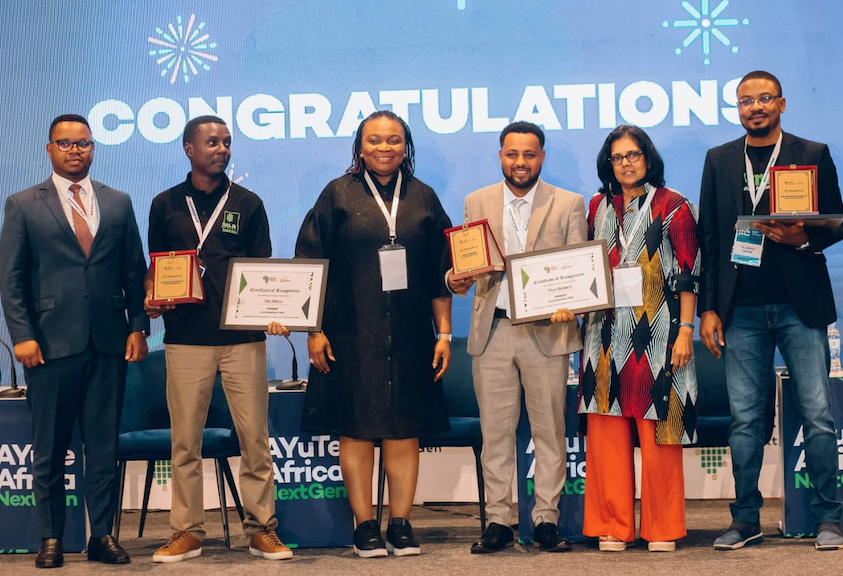
Whenever major agricultural organisations address food security, media, in my experience is not always considered as a tool to help the organisation achieve its agenda. It is often a secondary element in the wheel that is action for achieving food security from what I have experienced in the past three years. Food and Agriculture Organisation of the United Nations (FAO) confirms that food security exists when all people, at all times, have physical, social and economic access to sufficient, safe and nutritious food that meets their dietary needs and food preferences for an active healthy life. FAO’s definition may be a mouthful but it perfectly captures what is needed to sustain human life. However, we have seen rising cases of health deviations from obesity to malnutrition. Does this mean people are not aware of food security? We are at an age where people do not know what a healthy diet consists of. To prove this assumption true, next time when you are out shopping, despite the crazy food prices, peep into your shopping basket and other shoppers (don’t judge them), try to group items shopped into all the needed food groups then verify this statement assuming that the shopper has nothing at home, which is rare.
Fast-moving consumer goods
This assumption can be confirmed by the kind of fast-moving consumer goods that keep on being restocked. You will find that most are nutrient poor, calorie rich options with little to no fibre. But I digress. Going back to the title, why is media needed for a food secure country? With all the current factors right now, the Ukraine war, dollar rate, global shortage of wheat translating to a myriad of problem across the food chain, why do we fixate on just one value chain when Africa has been blessed with unlimited options?
I mean even the weed Bidens pilosa; black jack is an excellent vegetable and so is the sow thistle plant. The main reason is because we have overhyped one or two or whatever number of value chains at the expense of others and media is culprit here. However, media is a powerful education and information tool that we often discredit when looking into making Kenya a food secure country.
We must communicate what food security is in detail not just mentioning the term and assuming the mass will comprehend. Food security-oriented institutions must take to heart the task of explaining to the 20-year-old college student and 25-year-old rural wife what food security really is. Let me pose a question, "when the rural woman farmer prefers to sell her sukuma wiki in order to buy sugar then consume ugali and cabbage, is her family food secure?" "What of the urban house wife who constantly scrimps the coin to accommodate bread but cooks rice waru four to five times a week for her young family?" "What of the mjengo guy (mason) consuming ugali and sukuma wiki that can be counted by hand?" There is a serious miscommunication when it comes to food security that can be easily addressed at the choice level. The above are samples of what the populations does day in day out and let me not get into the other two or one meal for the day.
So, how does media come in? Working with institutions in the food security sector, we need to constantly break down what food security means in terms of actions that are guided by the four pillars: availability, access, utilisation and stability. Organisations should not be shy when it comes to media engagement across the country and we must commit to the needs associated. This is has been clearly demonstrated by FarmKenya, a platform that lets your organisation do just that, communicate effectively to the Kenyan public across all the platforms. FarmKenya is at your disposal and you can reach us on [email protected].
 The Standard Group Plc is a multi-media organization with investments in media platforms spanning newspaper print
operations, television, radio broadcasting, digital and online services. The Standard Group is recognized as a
leading multi-media house in Kenya with a key influence in matters of national and international interest.
The Standard Group Plc is a multi-media organization with investments in media platforms spanning newspaper print
operations, television, radio broadcasting, digital and online services. The Standard Group is recognized as a
leading multi-media house in Kenya with a key influence in matters of national and international interest.











